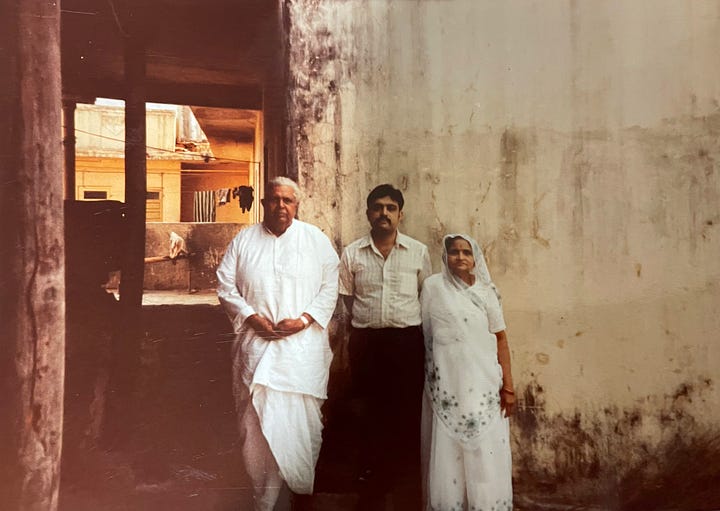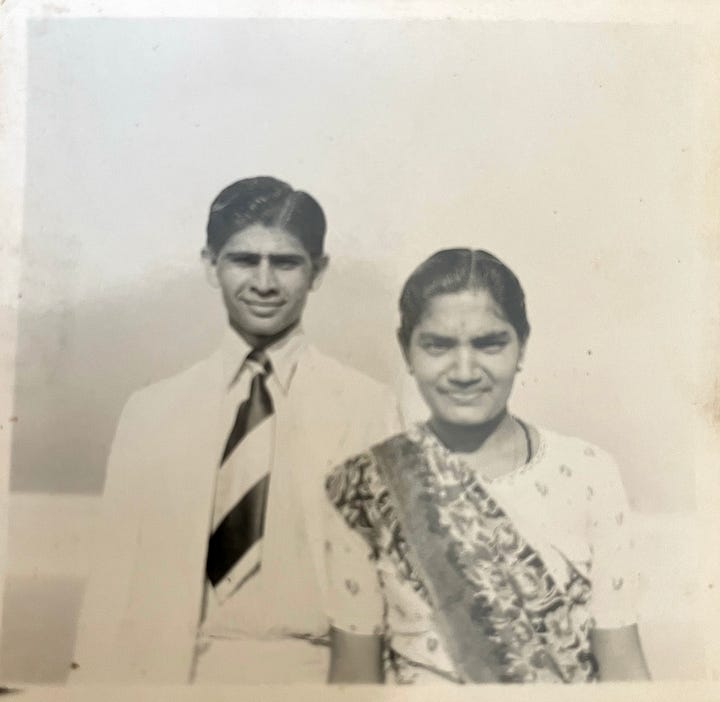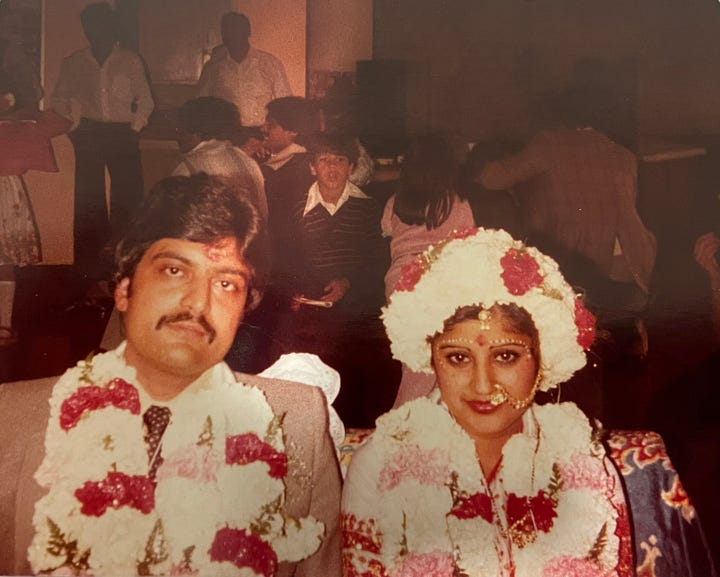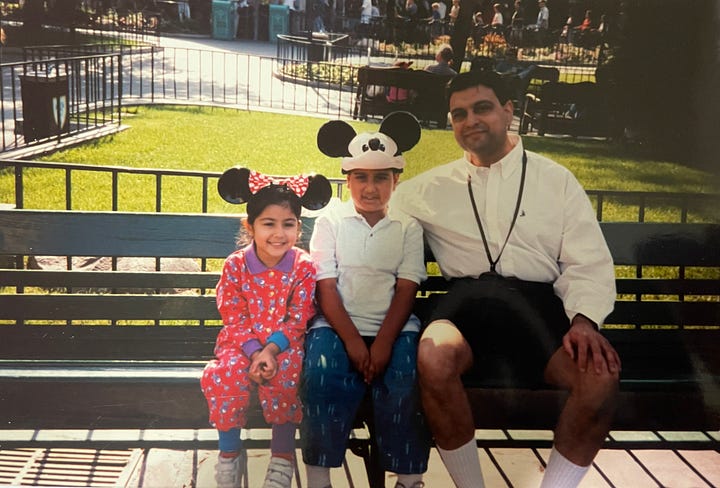a personal introduction
Hello, welcome to the Migrant Middle newsletter! Thank you for taking the time to be in this space with me. I appreciate your support and hope you enjoy the journey ahead.




Where the idea came from
The idea for ‘Migrant Middle’ began about two years ago. When I started graduate school during the Covid-19 pandemic in August 2020, one of the first assignments given was called ‘10x10’. Each student presented 10 slides for 10 minutes on Zoom. The idea was for each student to share their connection between places familiar to them and the ways of living that defined their upbringing. The assignment allowed me to pause and think about the neighborhood I grew up in. How did I relate to the place I grew up in? What social and environmental challenges did I want to tackle through urban design? Although I found it difficult to pinpoint exactly where I was from, I realized that my connections to place were a tapestry of several other places around the world. My slides presented migration maps and images of motel-lined streets like 7th Street in Long Beach and Harbor Boulevard in Anaheim. From this, I was able to begin framing questions that asked how migrant communities started life in new places with almost nothing in tow. I wondered how tourism and development affected equity and gentrification in neighborhoods where migrant communities lived. (These are big words that I can explain in future posts) I wondered how migrant communities helped design and shape the built fabric I was accustomed to.
Migrant Middle comes from a personal perspective on the relationships between culture and the built environment. I am a second-generation Indian American, born and raised in Anaheim, a suburban region in Orange County, California. My family emigrated to the United States by way of England, India, and South Africa in the 1970s. They were interested in what the American Dream could offer them – migrating voluntarily for education, marriage, or employment opportunities. Their diasporic stories are colorful and memorable, and none of them considered diversity to be a source of conflict. I have been lucky to hear numerous stories about the ways my family has found new meanings of ‘home’, even through their experiences with racism and stereotyping, and I have witnessed the nuances of American life too. I spent my formative years frequenting various family motels, warehouse temples, condominium housing complexes, and big box shopping centers. The culmination of stories and lived experiences helped me develop a deep interest in looking at the built environment through culture, heritage, and ethnicity.
With Migrant Middle, I hope to honor my family’s journey toward building a meaningful and successful life wherever home may be. This project has the potential to grow, and it would not have initially formed without the help of my mentors at the Harvard Graduate School of Design. I give thanks! As a landscape architect, urban designer, and educator, I hope this platform incrementally builds knowledge and representation throughout the design community.
What you can expect from this newsletter
I started this newsletter as a way to build the conversation around migrant community contributions in American cities, suburbs, and small towns. Since I am most indulged by my Indian-American heritage, you can expect content to focus on this the most. Over time, I hope to introduce pieces on other cultures through collaborative efforts.
The newsletter is a commitment I made to continue writing, drawing, and talking about the topics I’m passionate about. As a valued reader, I hope you will share your thoughts, comments, or questions with me. If you would like to be involved in the process – whether through writing, interviewing, or providing commentary – I would be happy to work together!
You can expect to receive a newsletter once a week. It is free to subscribe , although any pledging support will help me develop the project further in time. In future newsletters, I will use writings, drawings, and images to:
Expand on the meaning of migrant and middle as they relate to American cities
Share ways that diasporas reveal themselves through gardens, parks, buildings, streets, signs, etc
Share case studies, interviews, and resources for anyone interested in reading more on the topic
Highlight events, happenings, books, movies (etc), aka fun stuff!





